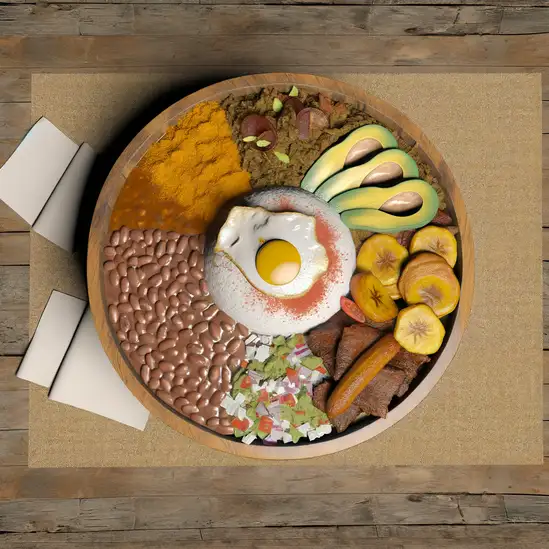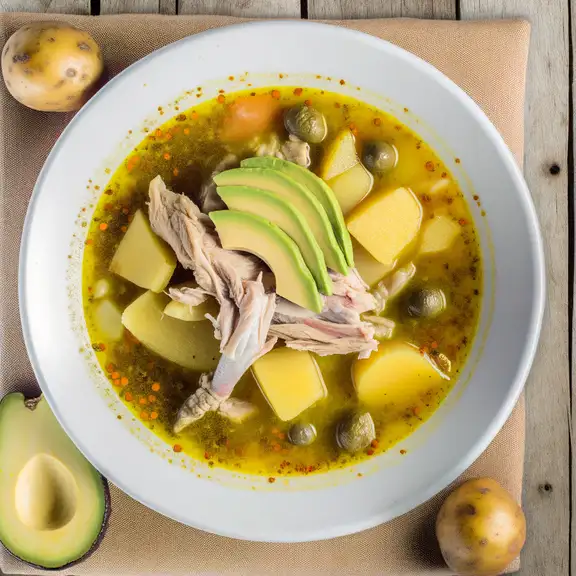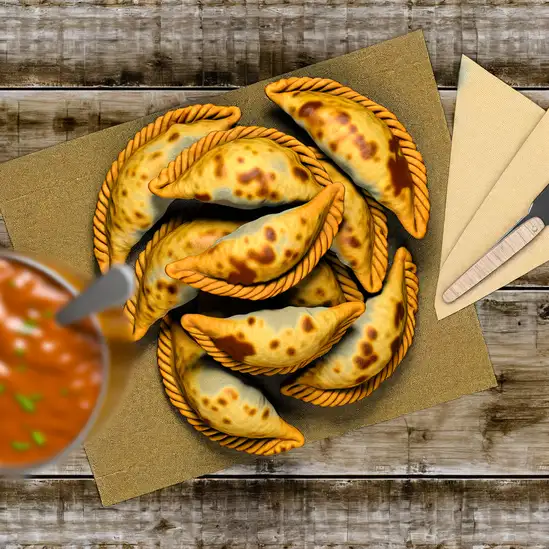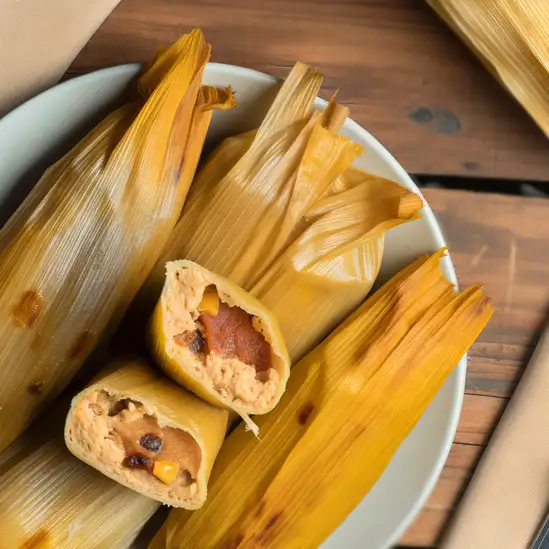


If you wander through Bogotá,you’ll immediately feel its pulse—a vibrant mix of old and new that hums through the streets like a lively conversation. The city perches high in the Andes,so the air is crisp and fresh,especially in the mornings when the sun spills golden light over the colorful colonial buildings in La Candelaria. Walking those cobblestone streets,you’ll hear the chatter of locals,the distant strum of a guitar,and the occasional shout from a street vendor selling arepas or fresh fruit. It’s a city that invites you to slow down and soak in its layers. Bogotá’s character is a blend of history and creativity. Museums like the Gold Museum dazzle with ancient treasures,while street art bursts from every corner,telling stories of resilience and hope. The aroma of freshly brewed coffee drifts from cozy cafés,mingling with the scent of sizzling empanadas from nearby stalls. At night,the city transforms—restaurants and bars buzz with energy,offering everything from traditional ajiaco soup to innovative dishes that fuse local flavors with global twists. What makes Bogotá truly special is its warmth. People here are proud and passionate,eager to share their culture and stories. Whether you’re exploring the bustling markets,hiking up Monserrate for breathtaking views,or simply sitting in a plaza watching life unfold,Bogotá feels like a place that welcomes you in,encouraging you to discover its many layers at your own pace.
The information on this page is currently being reviewed by Tripkliq and should be used as a guide only
Eng word: Hello
Eng pronunciation: OH-lah
Local language: Hola
Eng word: Goodbye
Eng pronunciation: ah-DYOS
Local language: Adiós
Eng word: Thank you
Eng pronunciation: GRAH-syahs
Local language: Gracias
Eng word: How much
Eng pronunciation: KWAN-toh KWEH-stah
Local language: ¿Cuánto cuesta?
Eng word: Toilet
Eng pronunciation: BAH-nyoh
Local language: Baño
Eng word: Help me
Eng pronunciation: ah-YOO-dah-meh
Local language: Ayúdame
Eng word: Yes
Eng pronunciation: SEE
Local language: Sí
Eng word: No
Eng pronunciation: NO
Local language: No
Eng word: Excuse me
Eng pronunciation: pehr-DOHN
Local language: Perdón
Bogotá was founded on August 6,1538, by Spanish conquistador Gonzalo Jiménez de Quesada. The city was originally named Santa Fe de Bogotá.
Plaza de Bolívar is the main square in Bogotá and has been the heart of the city since its foundation. It is surrounded by important buildings such as the Capitolio Nacional, the Palacio Liévano, and the Catedral Primada.
The Gold Museum (Museo del Oro) in Bogotá houses one of the largest collections of pre-Columbian gold artifacts in the world. It showcases the rich cultural heritage of Colombia's indigenous civilizations.
Monserrate Hill is a prominent mountain that overlooks Bogotá. It is a popular pilgrimage site and offers stunning panoramic views of the city. The hill is home to a 17th-century church and a shrine.
La Candelaria is the historic district of Bogotá, known for its colonial architecture, cobblestone streets, and vibrant cultural scene. It is home to many museums, theaters, and universities.
Simón Bolívar Park is the largest urban park in Bogotá, named after the liberator Simón Bolívar. It offers a variety of recreational activities, including boating, cycling, and concerts.
The National Museum of Colombia, located in Bogotá, is the oldest museum in the country. It houses an extensive collection of art, history, and cultural artifacts, spanning over 20,000 years of history.
Teatro Colón is a historic theater in Bogotá, known for its stunning neoclassical architecture. It has been a cultural landmark since its inauguration in 1892 and hosts a variety of performances, including opera, ballet, and theater.
The Botero Museum in Bogotá is dedicated to the works of renowned Colombian artist Fernando Botero. The museum features a collection of Botero's distinctive, voluminous sculptures and paintings, as well as works by other international artists.
In Bogota, the most common Power Adaptor is Type A, Type B.



A traditional platter that includes beans, rice, ground meat, chicharrón (fried pork belly), avocado, plantain, and a fried egg.

A traditional stew made with meat (usually chicken or beef), plantains, yuca, and corn, often enjoyed on special occasions.

Cornmeal cakes that can be grilled, baked, or fried, often filled or topped with cheese, meats, or avocado.

A hearty chicken and potato soup, typically made with three types of potatoes and flavored with guascas, a local herb.

Fried or baked pastries filled with meat, cheese, or vegetables, often served with aji sauce for dipping.

A whole roasted pig stuffed with rice, peas, and spices, typically served during festive occasions.

Corn dough filled with various ingredients such as meat, vegetables, and spices, wrapped in banana leaves and steamed.

A slow-cooked beef dish marinated in a rich sauce made with cola, spices, and other ingredients, often served with rice.
Cartagena de Indias feels like stepping into a vibrant,sun-soaked painting where every corner bursts with color and life. The moment you wander through its cobblestone streets,you’re wrapped in the warm embrace of colonial charm mixed with Caribbean energy. Brightly painted balconies overflow with bougainvillea,and the salty breeze carries the distant rhythm of cumbia and salsa,inviting you to move with the city’s heartbeat. It’s a place where history isn’t just in museums—it’s alive in the laughter spilling from open-air cafes and the clinking of glasses filled with tangy,refreshing aguardiente.
As you stroll along the ancient city walls,the scent of grilled seafood mingles with tropical fruit from street vendors,tempting your taste buds to dive into fresh ceviche or a juicy mango. The sun sets in a blaze of orange and pink over the bay,and the city lights flicker on,casting a golden glow that makes every evening feel magical. Locals greet you with genuine warmth,eager to share stories about Cartagena’s rich past and vibrant present.
What makes Cartagena truly unforgettable is its blend of old-world romance and lively modern spirit. From the bustling plazas where artists display their work to the quiet corners where you can sip a cold cocktail and watch the world go by,the city invites you to slow down and savor every moment. It’s a place that stays with you long after you leave,whispering promises of return.
A Caribbean island city renowned for its turquoise waters,white sandy beaches,and excellent snorkeling and diving opportunities,making it a top tropical destination.
ExploreImagine stepping into a place where the Caribbean sun wraps you in a warm embrace,and the air carries the salty tang of the sea mixed with the sweet scent of tropical fruit. That’s Santa Marta for you—a city that feels alive with a laid-back rhythm,where the past and present dance together effortlessly. Walking through its colorful streets,you’ll hear the lively chatter of locals,the distant strum of a guitar,and the occasional call of street vendors selling fresh arepas or juicy mangoes. It’s a place where time slows down just enough for you to savor every moment.
Santa Marta’s charm lies in its blend of natural beauty and rich culture. The city sits at the edge of the Sierra Nevada mountains,so you can watch the lush green peaks rise dramatically against the bright blue sky. The nearby beaches invite you to dip your toes in warm,crystal-clear waters or lounge under swaying palms while the ocean breeze cools your skin. But beyond the scenery,it’s the people who make Santa Marta unforgettable—their warmth,their stories,and the vibrant festivals that fill the streets with music and color.
If you’re craving a taste of authentic Colombian life,Santa Marta offers it in every bite of freshly caught seafood,every smile exchanged in the plaza,and every sunset that paints the sky in shades of pink and gold. It’s a city that invites you to slow down,breathe deeply,and fall in love with its easygoing spirit.
If you ever find yourself dreaming of a place where the energy feels alive but never overwhelming,Medellín is that rare city that wraps you in a warm,vibrant hug the moment you arrive. Nestled in a lush valley surrounded by emerald mountains,the air carries a fresh,earthy scent mixed with the sweet aroma of blooming flowers and the distant hum of salsa music drifting from open windows. Walking through its neighborhoods,you’ll notice how the city pulses with life—colorful street art splashes across walls,and locals chat animatedly over cups of rich,dark coffee that tastes like a little piece of heaven.
What really makes Medellín special is its spirit of transformation and resilience. The people here are incredibly welcoming,always ready with a smile or a story about their city’s journey from its past to the vibrant cultural hub it is today. You can feel this optimism in the lively plazas where artists perform,in the bustling markets filled with fresh tropical fruits,and in the innovative cable cars that whisk you up the hills,offering breathtaking views of the sprawling city below.
Don’t miss the chance to savor bandeja paisa,a hearty local dish that’s as bold and comforting as Medellín itself. Whether you’re wandering through the trendy El Poblado district or exploring the historic charm of Laureles,the city invites you to slow down,soak in its rhythms,and discover a place that’s as warm and dynamic as the people who call it home.
A cosmopolitan city with a mix of modern skyscrapers and historic charm,and a gateway to the San Blas Islands,which are famous for their pristine beaches and indigenous culture.
ExploreImagine stepping into a city where the air feels crisp and alive,perched high in the Andes with volcanoes standing guard in the distance. That’s Quito for you—a place where history and modern life dance together on cobblestone streets lined with colorful colonial buildings. The moment you wander through its old town,you’ll hear the lively chatter of locals mingling in plazas,the distant strum of guitars,and the occasional church bell echoing through narrow alleys. There’s a warmth here,not just from the sun but from the people who greet you with genuine smiles and a relaxed pace that invites you to slow down and savor the moment.
Walking around,you’ll catch the scent of fresh coffee mingling with the earthy aroma of nearby markets bursting with vibrant fruits and spices. Don’t miss trying a cup of Ecuadorian coffee paired with a slice of guava-filled empanada—it’s a small taste of the city’s rich flavors. Quito’s character shines in its blend of old and new:centuries-old churches and plazas sit alongside buzzing cafes and art galleries,reflecting a culture that honors its roots while embracing creativity.
What really stays with you is the city’s energy—a mix of history,nature,and everyday life that feels both grounded and inspiring. Whether you’re gazing out over the city from the Panecillo hill or chatting with artisans in La Ronda,Quito invites you to explore deeply and connect with a place that’s as vibrant as it is welcoming.
Credit or debit card information is stolen at ATMs or during transactions at compromised payment terminals.
Tourists are sold fake or low-quality items at inflated prices, often presented as authentic or handmade.
Tourists are given counterfeit bills or shortchanged when exchanging money at unofficial or shady locations.
Scammers create a distraction, such as spilling something on the tourist, while an accomplice steals belongings like wallets or phones.
Tourists are offered drinks laced with drugs like scopolamine, leaving them vulnerable to robbery or assault.
Scammers pose as charity workers and pressure tourists into donating money to fake causes.
Scammers pose as police officers and ask tourists to show their passports or money for inspection, then steal cash or valuables.
Unlicensed individuals offer tours, then overcharge or abandon tourists after taking payment.
Unlicensed taxi drivers or those without meters overcharge tourists, sometimes taking longer routes to inflate the fare.
Thieves target crowded areas like public transport, markets, or tourist attractions to steal wallets, phones, or other valuables.
Tourists are lured into street games like shell games, which are rigged to ensure they lose money.
The possession, use, and trafficking of illegal drugs are strictly prohibited in Bogotá and throughout Colombia. The country has stringent laws against drug-related activities, and violations can result in severe penalties, including imprisonment. Tourists should avoid any involvement with illegal drugs to ensure their safety and compliance with local laws.
In Bogotá, smoking is prohibited in enclosed public spaces and workplaces, including restaurants, bars, and public transportation. There are designated smoking areas in some public places, but it is important to look for signs indicating where smoking is allowed. Violating these regulations can result in fines.
Vaping is subject to similar regulations as smoking in Bogotá. It is prohibited in enclosed public spaces and workplaces. Tourists should look for designated vaping areas and adhere to local regulations to avoid fines.
What are other people saying about Bogota?
Recent Social posts about Bogota
There is nothing to show you for now.